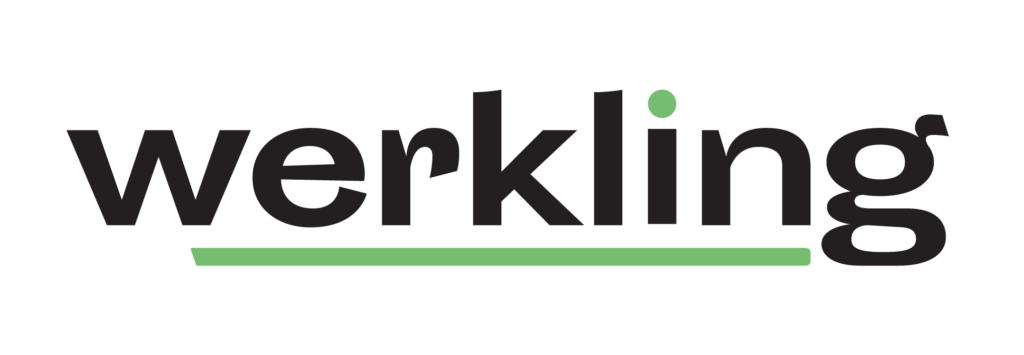LinkedIn, Bumble, Linktree, RMIT, EY and Melbourne Uni are just a tiny selection of the organisations giving people more time off this year. Whilst the approaches differ – some companies close completely, whilst others give employees the freedom to choose when to take the extra days – the goal is still the same; recognise and reduce burnout.
We don’t need to tell you how frazzled everyone is feeling. Endless lockdowns, heightened emotions and social division, some are moonlighting as teachers, others are longing to be with our overseas friends and family (who we now haven’t seen for years), traveling, eating in restaurants, and going to concerts or museums… even the gym would do right now! Plus of course, the small task of keeping ourselves and our families safe from a pandemic.
And this isn’t just ‘people’ in the abstract, but the very real human beings in your teams.
Susan David put it well on LinkedIn;
Environments that demand the impossible.
According to The Productivity Commission’s 2020 report, poor mental health costs the Australian economy $220bn. This impact is broader than burnout alone, but work is an important influence on our all-round mental, and physical, wellbeing.
Knowing that an unmanageable workload is one of the key causes of burnout, how might we design work so that it doesn’t demand the impossible from people? And so that it doesn’t contribute to poor mental health in employees?
Whilst your team may appreciate the idea of additional time off, if they’re coming back to overflowing inboxes, relentless demands, and playing catch up, it may not have the desired effect. In fact, depending on the circumstances around the leave, it may actually have a net negative impact.
Here are five practical things that leaders can do to better manage workload and sustainable ways of working within their teams:
1. Check-in: Ask the team how they are coping with their workload both in 1:1s and in your team meeting. Normalise and role model the act of speaking up and asking for help yourself.
2. Prioritise: Draw up a four box and assess the team’s projects and activities against both urgency and importance. What work can be delayed because it is not urgent? What work can be stopped because it is not important or is less important than other things?
3. Flex: Taking a bit of work off a team member’s plate can have a huge impact. Augment the capacity or the capabilities in your team by bringing in trusted on-demand talent. Tap into platforms such as Werkling to source on-demand talent so you can bring in specialist resources or additional “person-power” when you need , and leave them on the bench when you don’t.
4. Reward: Recognise healthy behaviours within your team and disincentivise unhealthy behaviours. If you are praising team members for taking on more and more and more, and saying ‘yes’ to everything that is thrown at them, this becomes the cultural norm. Encourage and thank team members who raise the need to reprioritise or propose a business case for interim resources.
5. Strengths: Design work so that is plays to team members’ strengths. A burdensome task that is weighing on one, may be a walk in the park for another. While it is important to provide growth opportunities, during times of extreme stress (like a pandemic!) the workload may be more manageable if team members can utilise their superpowers.
Working at a heightened level of stress is manageable in short bursts but sustained stress over longer periods is extremely unhealthy, both at an individual level and an organisational level. While a day off might provide respite from the stressors, it is unlikely to reduce the systemic issues causing the stress, such as workload.
If you want to make real steps in addressing burnout in your organisation, book at a time to chat here.

